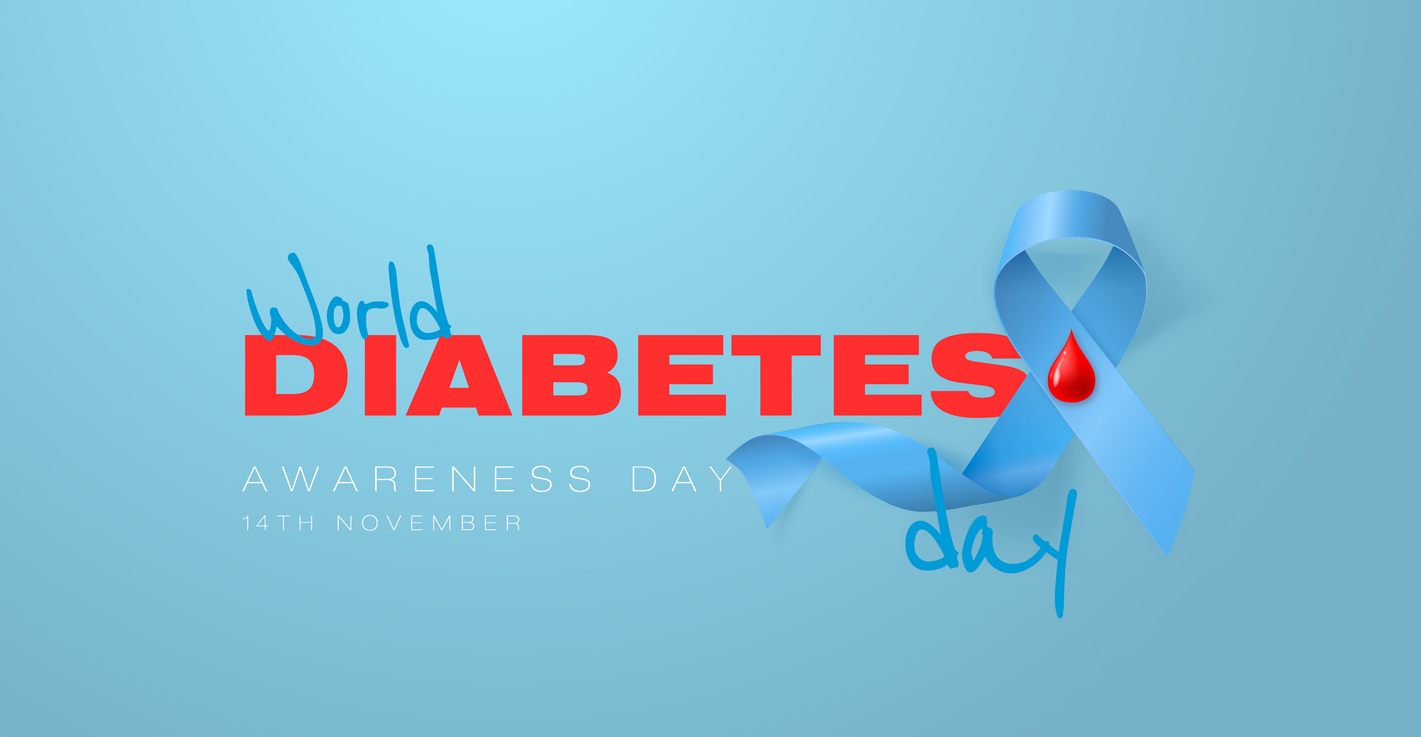Defining QTLs: A Must-Do Step in the Trial Design Process
Within the bounds of risk-based quality management, the utilization of predefined Quality Tolerance Limits (QTLs) is a way to control quality and risk in clinical trials. As outlined by ICH E6(R2), a QTL is a level, threshold, or value associated with a parameter that is critical to quality.
Quality in clinical trials may be defined as the absence of errors that matter. [CTTI QbD Project]
At study level, QTLs proactively control systematic risk to factors that are critical to quality. In clinical trials, these so-called Critical to Quality factors (CtQ factors) have the potential to impact patient safety, data integrity, and/or the validity of trial results. In general, critical to quality factors function as communication vehicles to ensure quality alignment across the study.
Examples of commonly used CtQ factors are:
- Primary objective
- Safety objectives
- Subjects’ eligibility
- Investigational product exposure[1]
ICH E8(R1) General Considerations for Clinical Studies (draft version) describes CtQ factors as relevant to ensuring study quality. The integrity of these factors is crucial. If their integrity is undermined by errors of design or conduct, the reliability or ethics of decision-making is directly affected. Ideally, CtQ factors should already be identified for a project but at least for each study at the time of protocol design. QTLs – as trial-level parameters – should be established at the planning stage of a clinical trial, i.e. prior to trial initiation.
QTLs must be based on:
- Medical and statistical expertise of similar trials
- Historical data collected from similar studies
- Statistical methods and modeling
TransCelerate recommends establishing a limited number of important parameters (for example, 3 to 5)[2].
Since the nature of a QTL is to identify systematic risks to patients and data integrity at the trial level, the following 7 most commonly used QTLs are applicable to almost all studies irrespective of the area:
| 7 Most Important QTLs for Clinical Trials | |||
| Critical to Quality factor (CtQ) | Parameter | Definition | Justification for Parameter |
|---|---|---|---|
| Inclusion/exclusion protocol deviations/violations | % or number of participants who do not meet inclusion/exclusion criteria | % or number of randomized participants who do not meet criteria due to protocol deviations or violations | A high number/proportion of subjects that do not meet the entrance criteria could significantly impact the study results. Subjects not meeting the inclusion/exclusion criteria can be put at unjustified risk by study drug exposure. |
| Withdrawal criteria and trial subject retention | % or number of participants with withdrawal of informed consent | % or number of participants who withdraw from a study after treatment allocation | A high number/proportion of participants withdrawing may be caused by an excessive burden on the patient and can negatively affect the collection and interpretation of the primary endpoint. |
| Incomplete/missing endpoint data | % or number of protocols with incomplete or missing endpoint data | % or number of patients for whom study endpoint data was incomplete or missing | A high proportion of study patients for whom endpoint data was not collected or is incomplete could impact the analysis and interpretation of study results. |
| AEs/SAEs of special interest | % or number of patients with AEs/SAEs of special interest | % or number of patients who had AEs/SAEs while on the clinical trial therapy | AEs and SAEs are the major reasons for prematurely discontinuing the trial therapy or withdraw from the clinical trial. Also, AEs and SAEs are the critical factors for participants’ safety. |
| Premature trial drug discontinuation | % or number of patients with premature trial drug discontinuation | % or number of randomized patients who prematurely discontinue participation in the trial (before protocol defined time point) | A high proportion of premature treatment discontinuation can bias results against effective therapies. Also, it is the key factor limiting exposure to studied treatments. |
| Patient follow-up | % or number of lost to follow-up patients at the end of the clinical trial | % or number of patients who have no status documented by the site at the end of the clinical trial | A high number of patients lost to follow-up can negatively impact the collection and interpretation of primary endpoint data. This is in particular true for outcome trials. |
| Randomization | % or number of incorrectly randomized or stratified patients | % or number of patients who were incorrectly randomized or stratified | A high number of patients who were incorrectly randomized or stratified may lead to imbalances in baseline characteristics between treatment groups, introduce biases in the data, and significantly affect the outcome of a trial. Also, incorrect stratification impacts patients’ safety, especially those in a critical state. |
| The above list of QTL parameters is not exhaustive. A sponsor or a study team may identify the listed parameters (depending on the trial design, therapeutic area, and indication) to be applicable to areas of the greatest risks to the reliability of trial results and subjects’ safety. | |||
BLOG Quality Tolerance Limits versus Key Risk Indicators, The Difference
WEBINAR Quality Tolerance Limits with Andy Lawton
References
[1] https://link.springer.com/article/10.1007/s43441-020-00209-0
[2] http://www.transceleratebiopharmainc.com/wp-content/uploads/2017/09/Risk-Based-Quality-Managment.pdf
3. Risk-based quality management: quality tolerance limits and risk reporting. TransCelerate website. https://www.transceleratebiopharmainc.com/wp-content/uploads/2017/09/Risk-Based-Quality-Managment.pdf. Published 2017. Accessed 20 Jan 2021.
4. MacDonald С., Article: New ICH Guidelines Address Industry Inefficiency. https://www.theavocagroup.com/news_events/article-new-ich-guidelines-address-industry-inefficiency/. Accessed 20 Jan 2021.
NEW | The Clinical Researcher’s Guide to RBQM
Discover the future of clinical research with “The Clinical Researcher’s Guide to RBQM” by Artem Andrianov, PhD, and Johann Proeve, PhD.
This comprehensive guide (160+ pages Kindle edition) explores the principles of risk-based quality management, offering invaluable insights for optimizing clinical trials. Don’t miss your chance to be at the forefront of innovation in biopharmaceutical product development.







